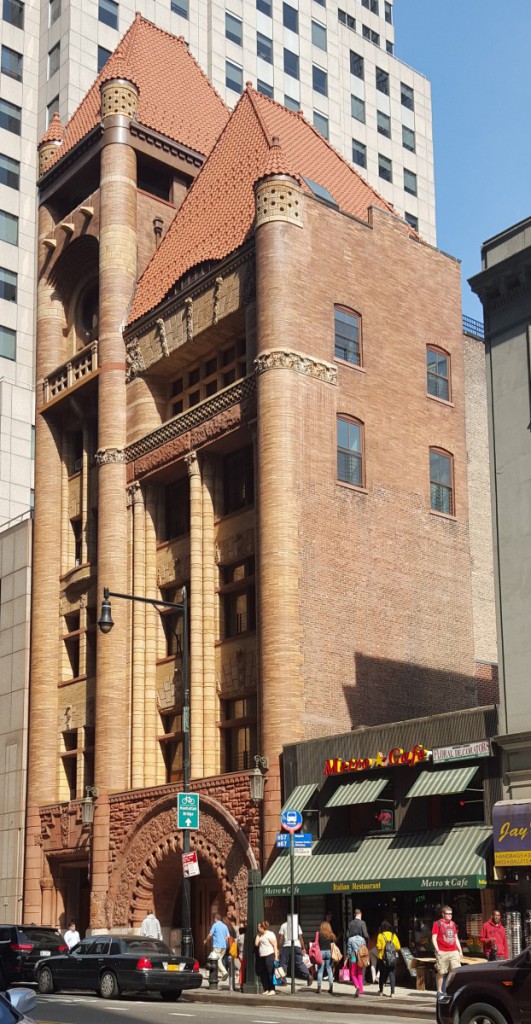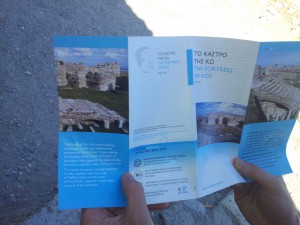“City Limits” is the first chapter of the novel “The Colossus of New York” by Colson Whitehead. In the beginning of the novel, the author uses second person point of view to state the reasons people may come to this city. He states that “Or maybe you moved here a couple years ago for a job. Maybe you came here for school. Maybe you saw a brochure.” When people come to this city, they start building their private city.The author also states that “the New York city you live in is not my New York city”. In first person point of view, the author starts building his New York city on the uptwon NO.1 train. His first memory is of looking out a subway window on the way to 125th Street in the early seventies. He remembers that the city is filthy. And he calls it Pan Am Building. It’s been a long time, but he still remember the details. Proving what he says in the third paragraph “You start building your private New York the first time you lay eyes on it.” According to the author, the reasons that make our private cities different are neighborhoods, our favorite newsstands, restaurants, movie theaters, subway stations, etc. For going those places, different people are different. And that is how our cities are private and unique.






